Duo Concertante in F
Josef Fiala (1748-1816)
Saxophone Duo
Duo Concertante in F by Josef Fiala arranged for Saxophone Duo – any two saxophones. Originally for Oboe and Bassoon, the Duo Concertante is an attractive work that puts both parts through their paces while showcasing their expression and agility. The Duo shows that Fiala not only had an ear for harmony and a mastery of form, but that he also had a sense of humor.
With this arrangement you get:
- Sax Duo Score in C
- Sax Parts:
- B-flat Saxophone 1 (soprano or tenor) 4 page fanfold
- E-flat Saxophone 1 (alto or baritone) 4 page fanfold
- B-flat Saxophone 2 (soprano or tenor) 4 page fanfold
- E-flat Saxophone 2 (alto or baritone) 4 page fanfold
This arrangement of Duo Concertante in F is for Saxophone Duo – any two saxophones. The three movements included in this work are:
- Allegro assai (6’40”, all repeats)
- Adagio (3’40”)
- Rondo – Allegro (3′, all repeats)
The upper voice takes the lead in the amiable, ABA-structured Allegro assai, with the bass part sometimes harmonizing with the upper melodic line, sometimes imitating it, and often weaving elaborate embellishments around it. In the second movement adagio, Fiala uses a simple harmonic structure to great effect, as the bass part’s arpeggios and triplets support the upper voice’s melody. The third-movement Allegro is a playful rondo in which both parts challenge each other, and each gets a separate chance to show off. Amusingly, at the end of each repeat of the rondo theme, the music briefly runs out of steam. This is most dramatic at the end of the last repeat, after which both instruments let loose in a final surge of high spirits.
- The range for each saxophone part is shown below.
- Audio and score excerpts are available above.

About the Composer
 Josef Fiala (3 February 1748 – 31 July 1816), was a Czech composer, oboist, viola da gamba virtuoso, cellist, and pedagogue of the Classical period.
Josef Fiala (3 February 1748 – 31 July 1816), was a Czech composer, oboist, viola da gamba virtuoso, cellist, and pedagogue of the Classical period.
Fiala (1748-1816) was born in Bohemia (now the Czech Republic) and began his musical career as an oboist in the service of Countess Valpruga Netolická. The countess supported his studies of oboe with Jan Šťastný in Prague. He also studied violoncello and viola da gamba with František Josef Werner. In 1774 he left to Bavaria to play the oboe in the orchestra of Count Ernst Kraft von Oettingen-Wallerstein. In 1777 he moved to Munich to serve in the court orchestra of Elector Maximilian Joseph. Here he married Josefina Procházková, a daughter of his colleague from the orchestra, horn player Matyáš Procházka. That year in Munich, Wolfgang Amadeus Mozart befriended Fiala and was greatly impressed by his compositions. After the death of the Elector in 1778 Mozart helped him secure a position in Salzburg.
From 1778 to 1785 Fiala lived in Mozart’s birth house at Getreidegasse no.9 in Salzburg. He was an oboist for archbishop Hieronymus von Colloredo’s orchestra and played violin and violoncello in Salzburg State Theatre. In 1785 Fiala moved to Vienna, where he served as a horn player for Nikolaus II, Prince Esterházy, and in 1786 to Saint Petersburg where he worked in the court of Catherine the Great. After his return from Russia, he toured over Europe playing his own compositions. In 1790 he played viola da gamba for King Friedrich Wilhelm II. Finally in 1792 he became Kapellmeister, cellist and composer for Joseph Maria, Prince of Fürstenberg in Donaueschingen, where he spent the rest of his life.
.


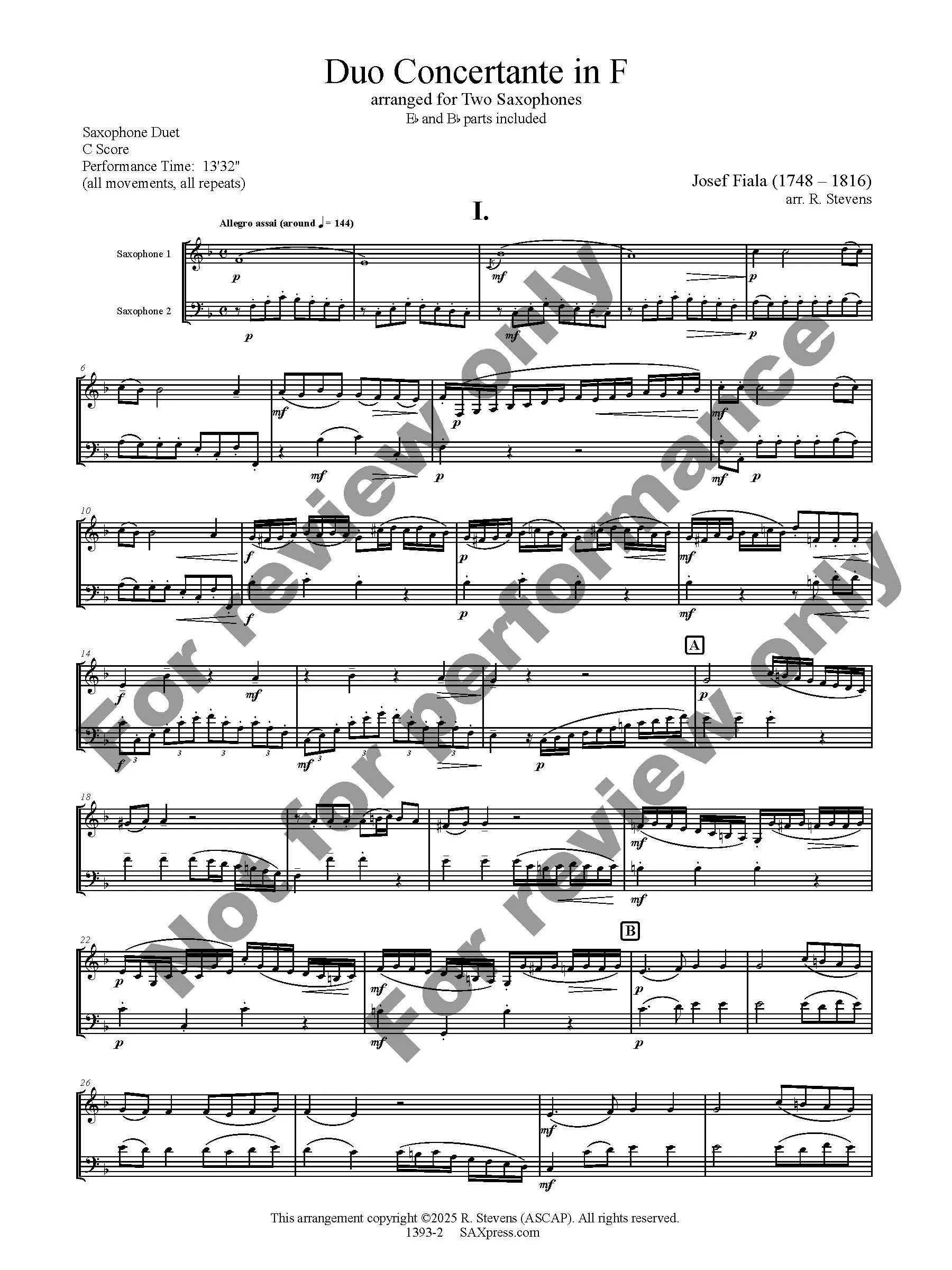
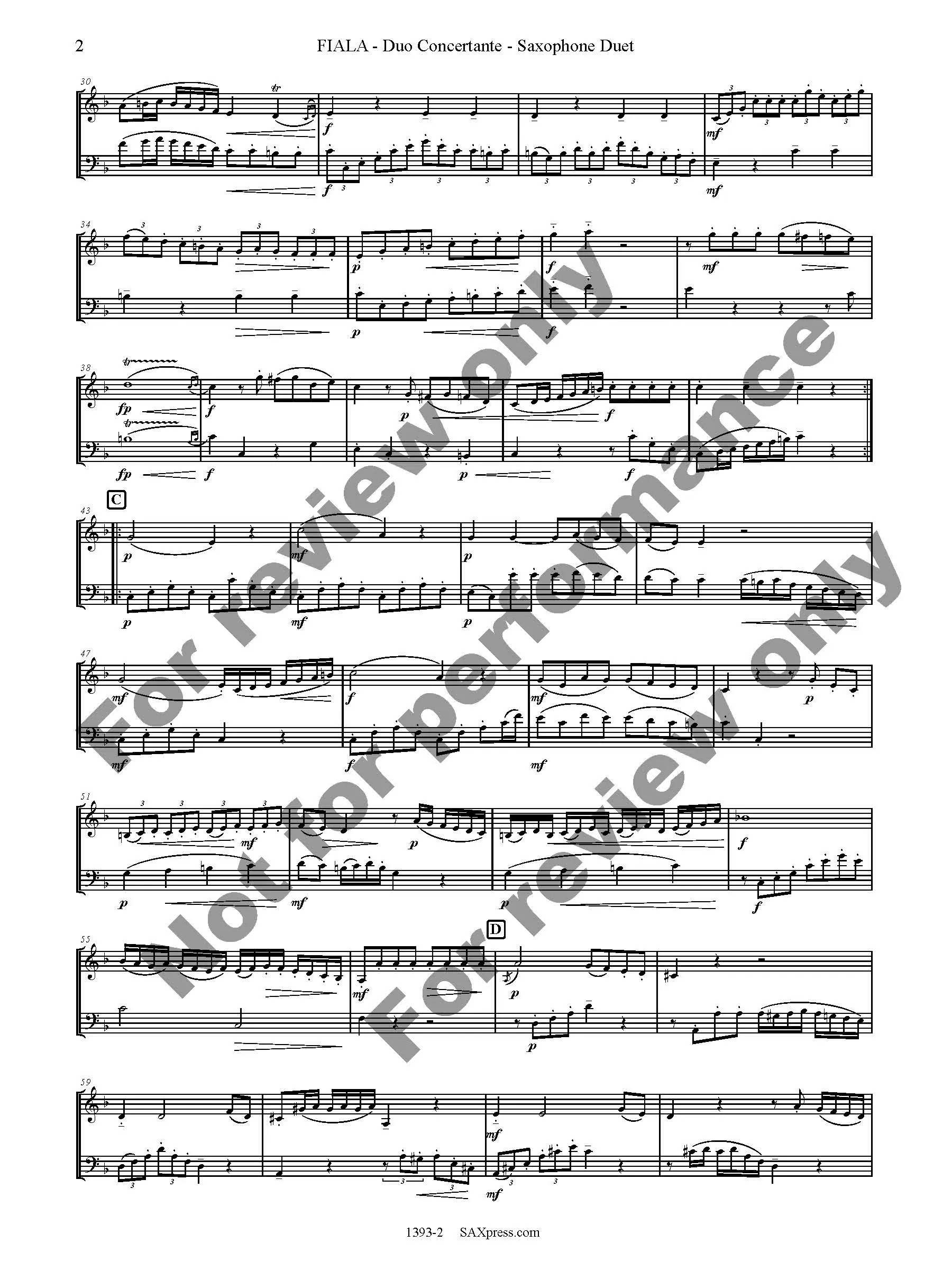
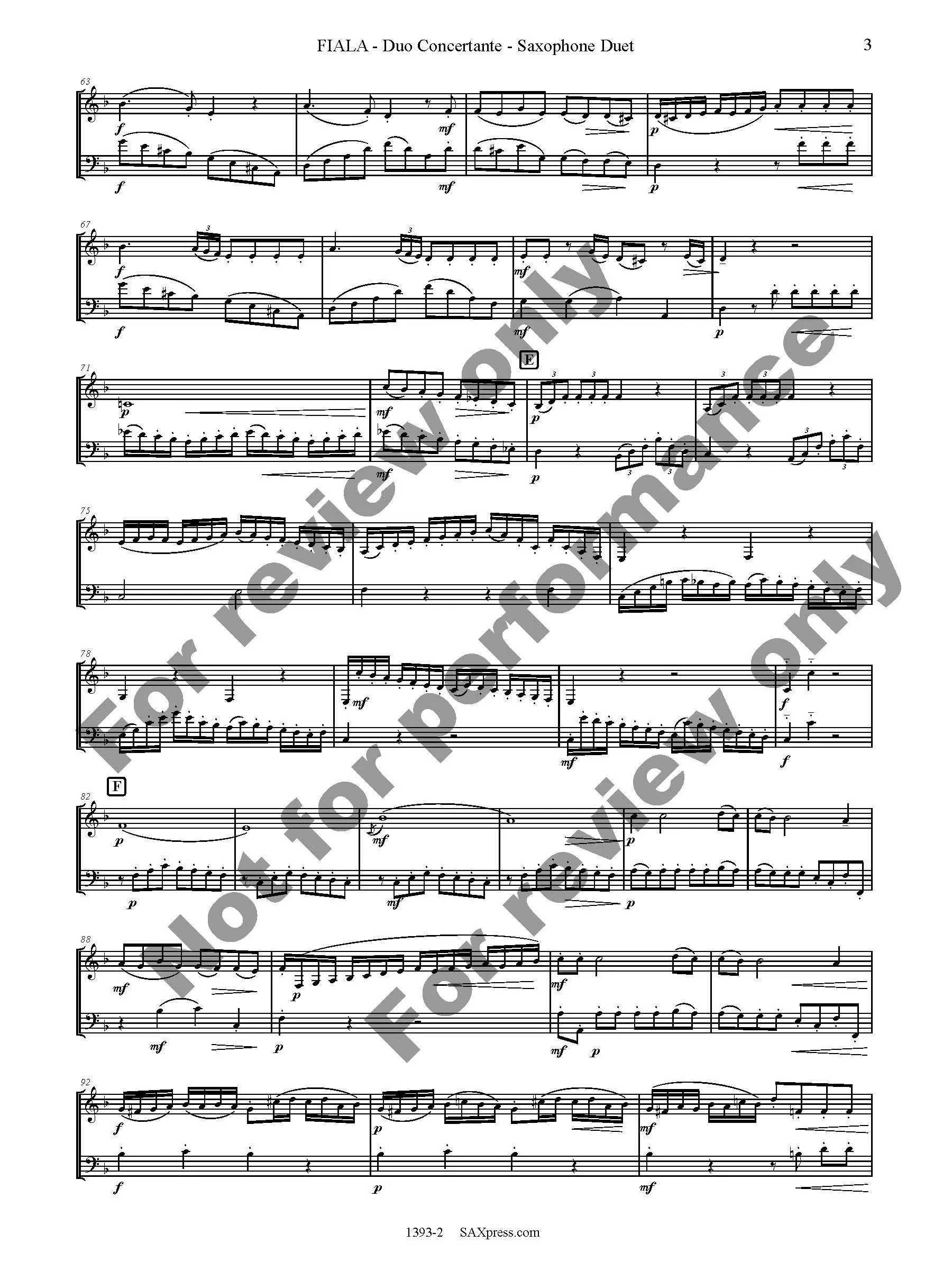
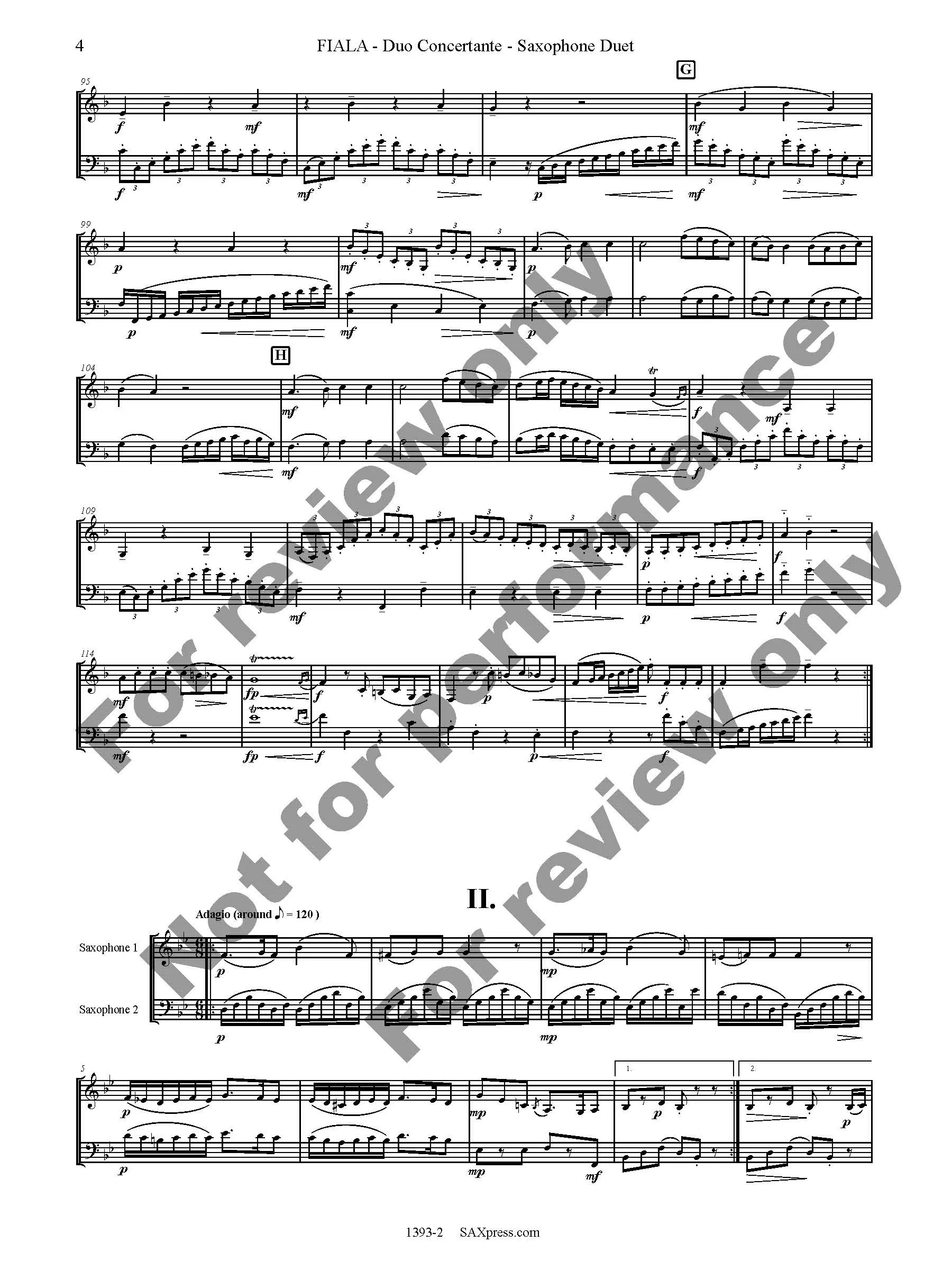
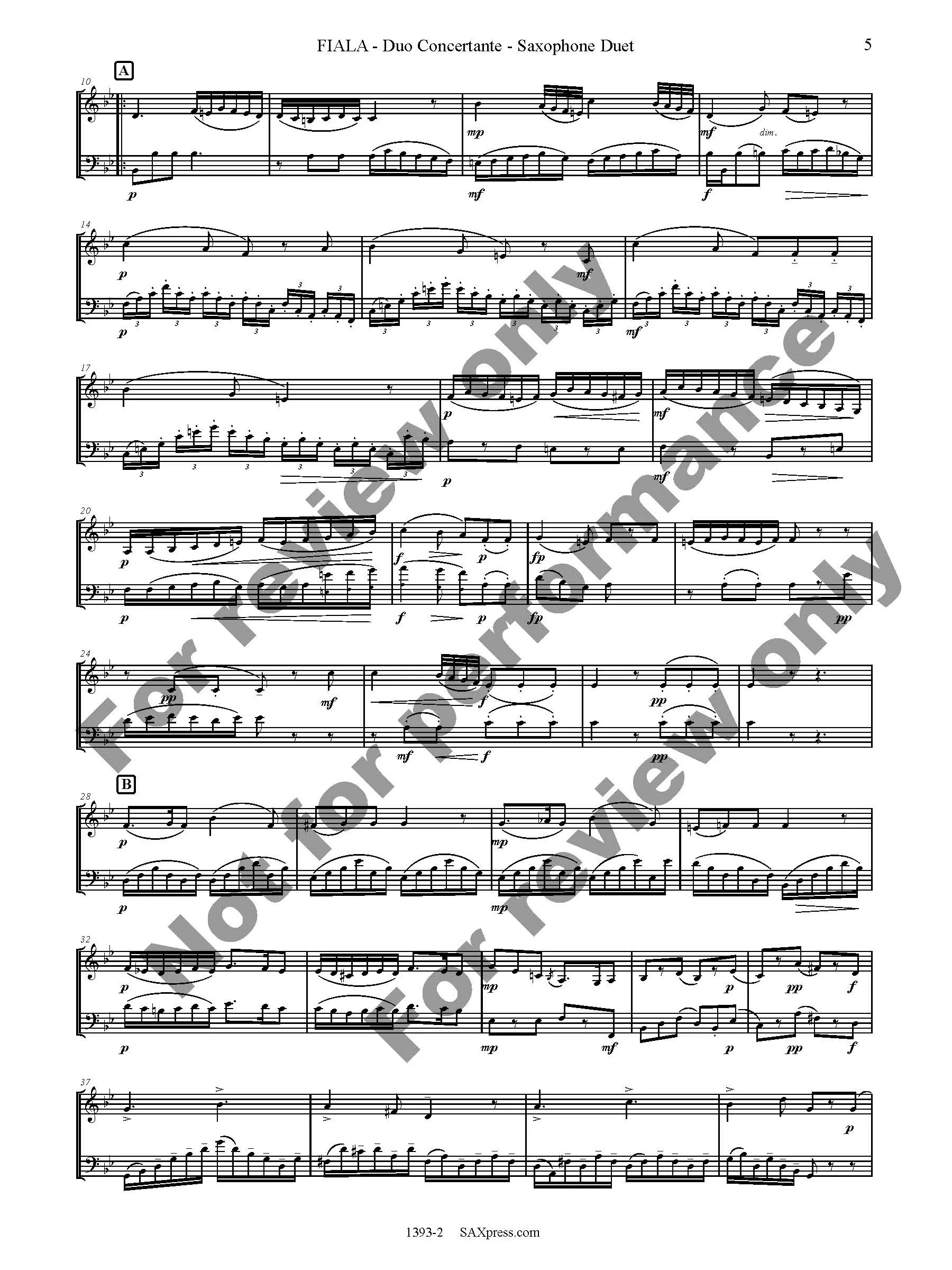
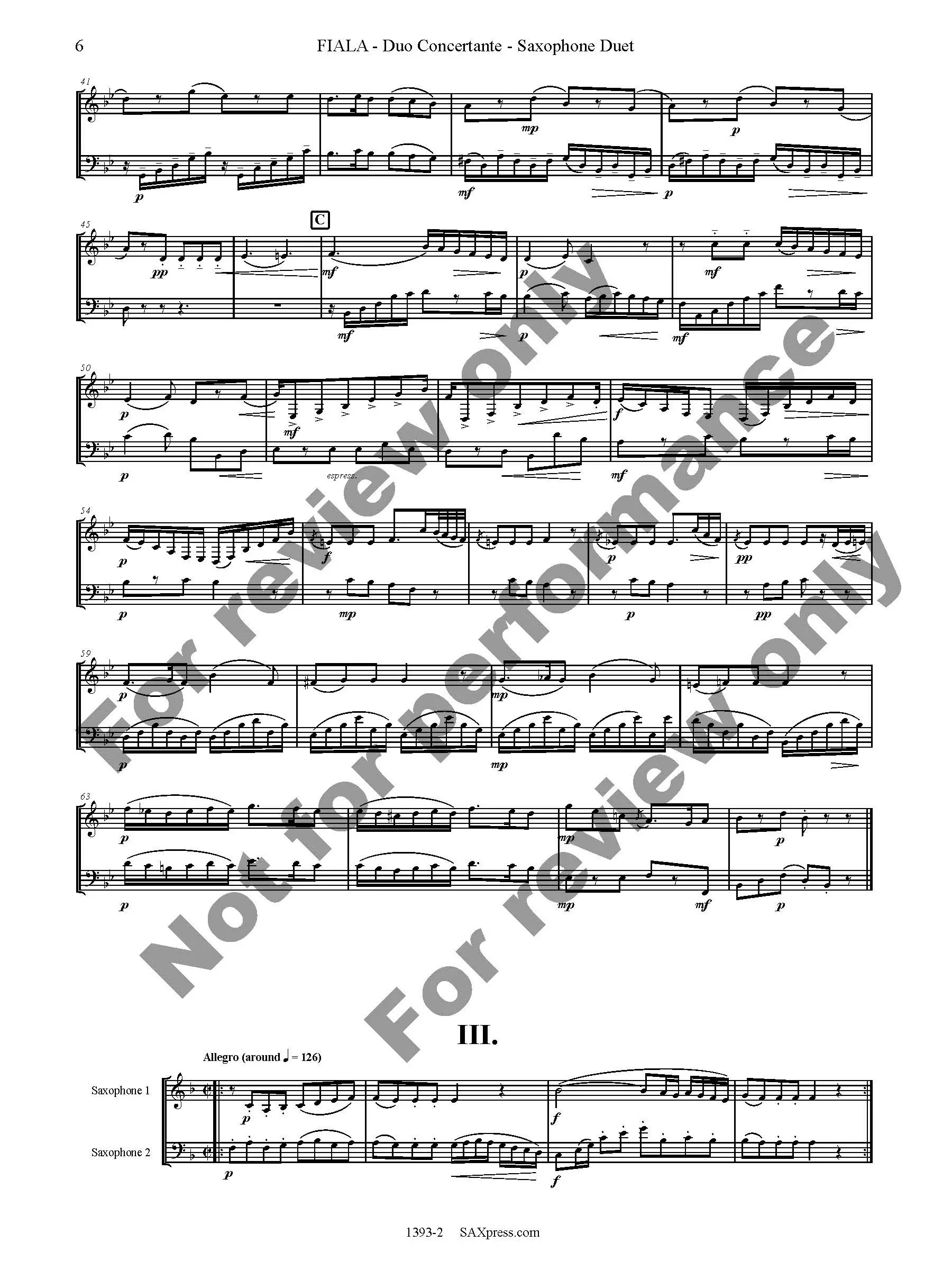
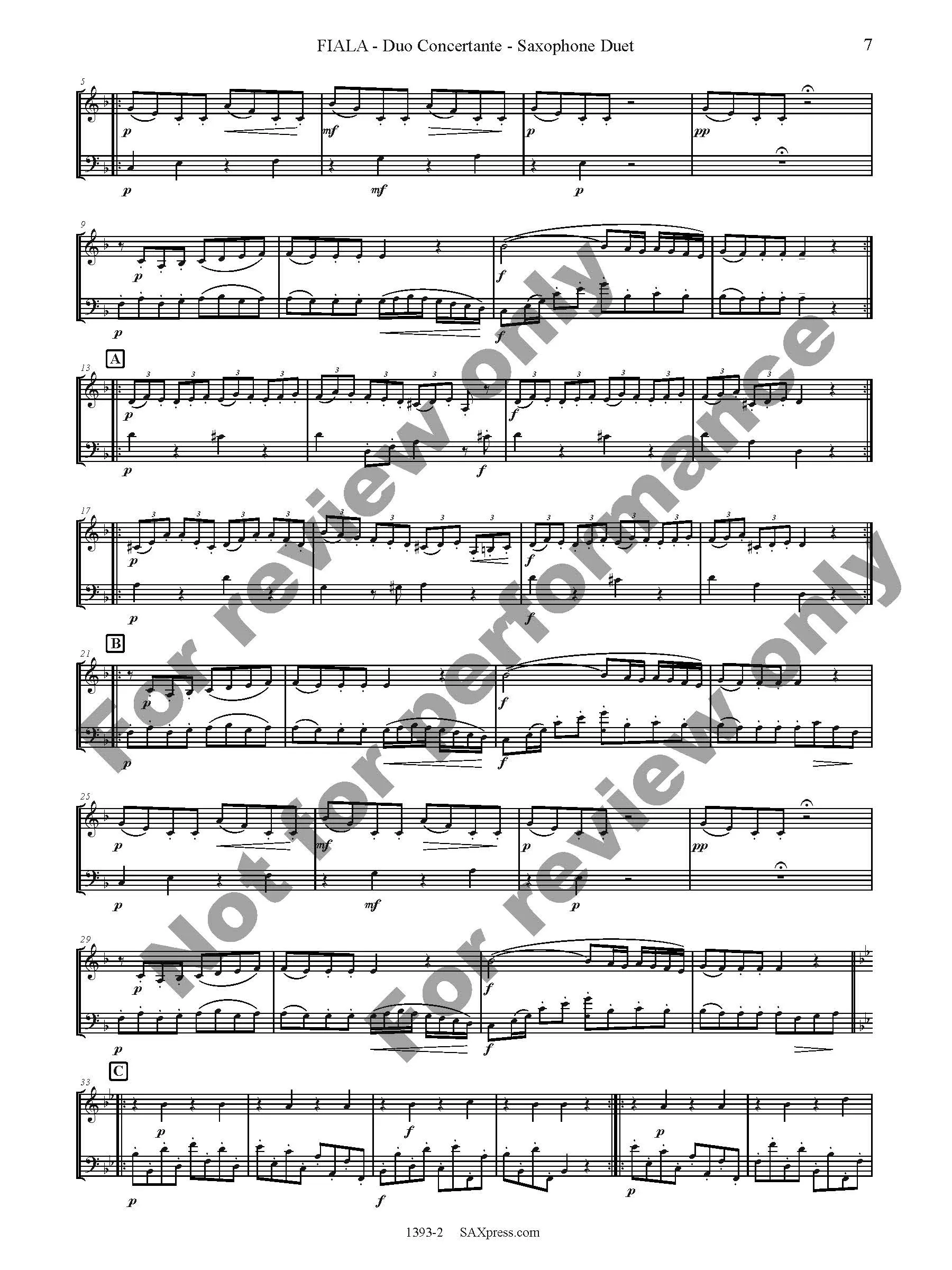
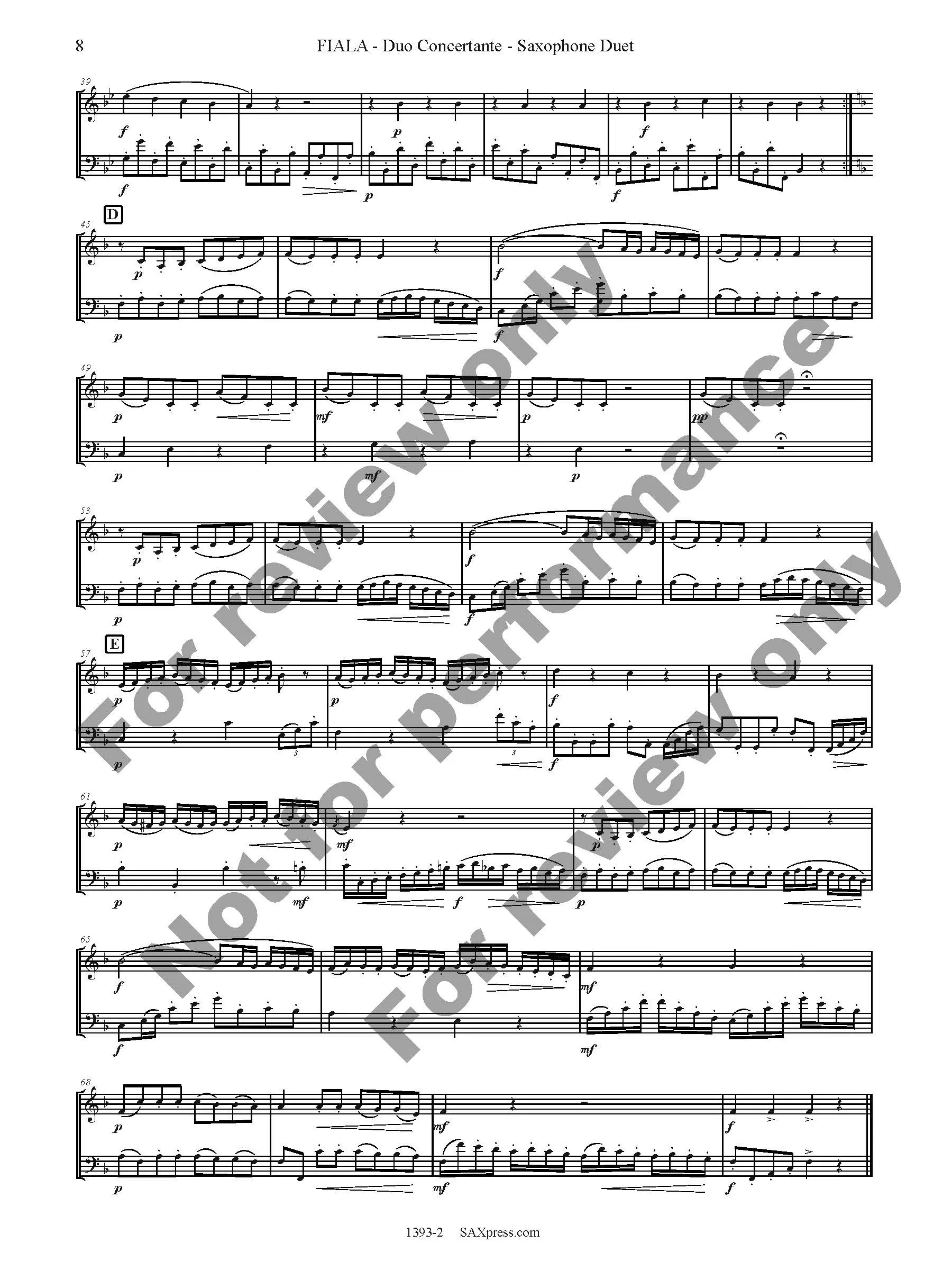
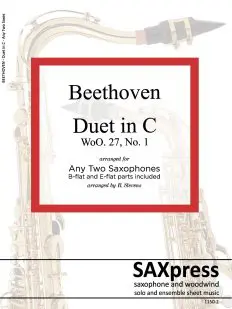
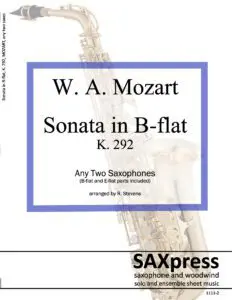
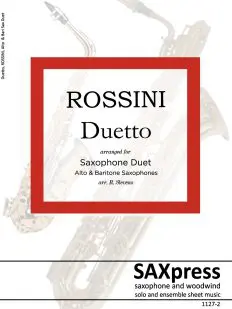
Reviews
There are no reviews yet.